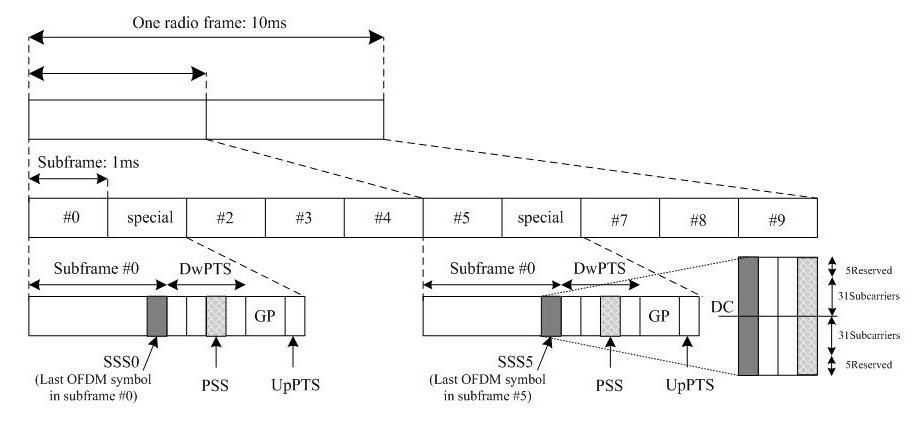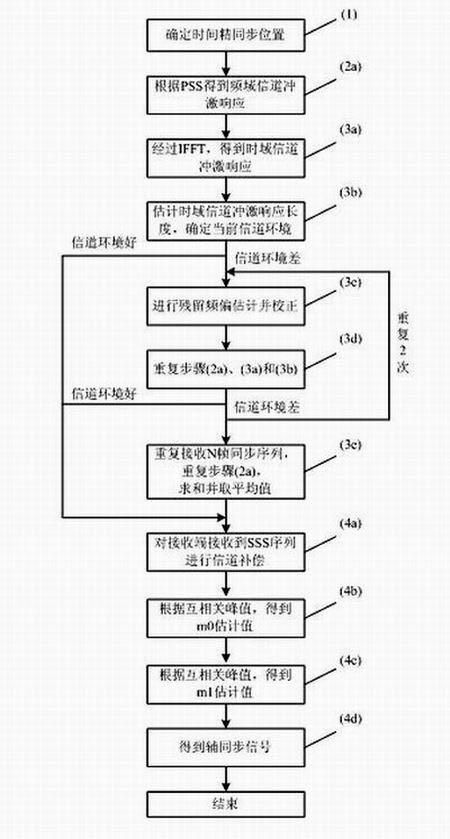Self-adaptive auxiliary synchronization signal detection method for TD-LTE (time division-long term evolution) system
A technology of auxiliary synchronization signal and detection method, which is applied in the direction of synchronization device, baseband system components, wireless communication, etc., can solve the problems of low signal-to-noise ratio, detection error, inaccurate time synchronization position, etc., and achieves reduction of computational complexity. degree, improve the effect of accuracy
- Summary
- Abstract
- Description
- Claims
- Application Information
AI Technical Summary
Problems solved by technology
Method used
Image
Examples
Embodiment Construction
[0009] The implementation of the present invention will be specifically described below with reference to the accompanying drawings and specific embodiments.
[0010] figure 2 It is a TD-LTE system adaptive secondary synchronization signal detection method flowchart, including the following steps:
[0011] (1) Cross-correlate the baseband signal received by the receiving end with the locally generated time-domain primary synchronization signal PSS, and obtain the timing fine synchronization position according to the peak value generated by the cross-correlation;
[0012] (2) Determine the timing and fine synchronization position, pass the baseband signal at the receiving end through a digital low-pass filter (optional cut-off frequency is 0.96MHz) to filter the received baseband signal, and determine the channel impulse response in the frequency domain according to the PSS . Specifically:
[0013] (2a) Pass the baseband signal at the receiving end through a digital low-pa...
PUM
 Login to View More
Login to View More Abstract
Description
Claims
Application Information
 Login to View More
Login to View More - R&D
- Intellectual Property
- Life Sciences
- Materials
- Tech Scout
- Unparalleled Data Quality
- Higher Quality Content
- 60% Fewer Hallucinations
Browse by: Latest US Patents, China's latest patents, Technical Efficacy Thesaurus, Application Domain, Technology Topic, Popular Technical Reports.
© 2025 PatSnap. All rights reserved.Legal|Privacy policy|Modern Slavery Act Transparency Statement|Sitemap|About US| Contact US: help@patsnap.com



